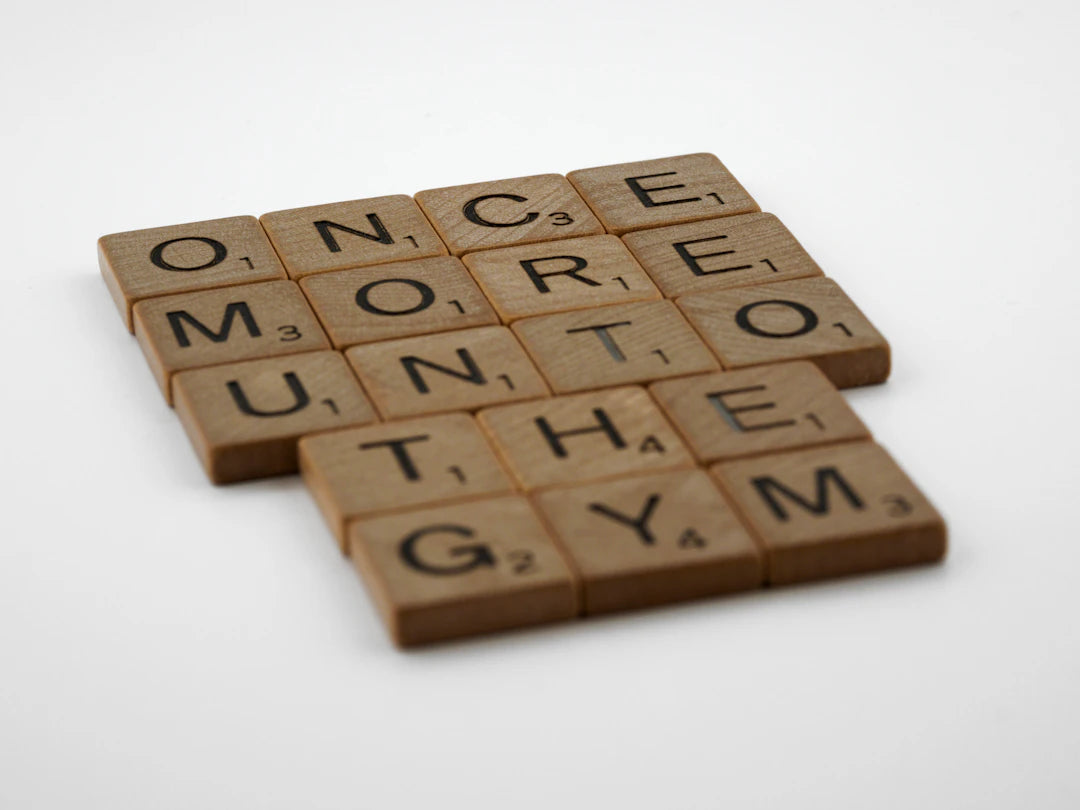
Crafting Your Perfect Weekly Workout Plan
Share
Frequently Asked Questions
1. Why is a balanced weekly workout schedule important for adults over 50?
2. What types of exercises should be included in a weekly workout schedule for seniors?
3. How can older adults assess their current fitness level before starting a workout schedule?
4. What should seniors do on their rest day according to the sample workout schedule?
5. How can seniors overcome challenges like joint pain and lack of motivation when exercising?
Creating a balanced weekly workout schedule is essential for maintaining health and vitality, especially as we age. For adults 50 and above, exercise is crucial not just for physical health but also for emotional well-being. This guide will help you design a simple, effective weekly workout schedule while incorporating low impact workouts for seniors to ensure safety and comfort during exercise.
Understanding the Importance of Consistency
One of the biggest challenges for older adults is staying motivated to exercise regularly. Life can get busy, and it might be easy to skip workouts. However, establishing a routine can help make physical activity a part of your daily life. Consistency is key to not only improving your fitness level but also enhancing your mood.
Assessing Your Current Fitness Level
Before creating a workout schedule, it's essential to assess your current fitness level. Here are some questions to ask yourself:
- How active have I been in the past few months?
- Do I have any existing health conditions or concerns?
- How do I feel after moderate physical activity?
Understanding your fitness baseline can help you determine the best starting point for your weekly workouts.
Key Elements of a Balanced Workout Schedule
A well-rounded weekly workout schedule should include a variety of exercise types to ensure you are developing strength, flexibility, endurance, and balance. Here’s a breakdown of these critical components:
Cardiovascular Exercise
Cardio workouts promote heart health and improve stamina. Examples of low impact workouts for seniors include:
- Walking (either outdoors or on a treadmill)
- Cycling on a stationary bike
- Swimming or water aerobics
- Dancing
Strength Training
Strength training helps build muscle and maintain bone density, which is crucial as we age. Begin with exercises using your body weight like:
- Chair squats
- Wall push-ups
- Seated leg extensions
- Resistance band exercises
Flexibility and Stretching
Incorporating flexibility routines can enhance mobility and reduce the risk of injury. Try gentle yoga stretching or guided balance exercises that focus on reaching and bending.
Balance Exercises
As balance can become an issue with age, it’s beneficial to include specific exercises that improve stability. Ground yourself with:
- Balance walks (walking heel to toe)
- One-leg stands
- Gentle Tai Chi movements
Sample Weekly Workout Schedule
Here’s a simple weekly workout schedule you can adjust according to your preferences and fitness level. Always listen to your body and modify exercises as needed.
Monday: Cardio Day
Go for a 30-minute walk or participate in a water aerobics class. Aim to go at a pace where you can still hold a conversation. Don't forget to stretch afterward!
Tuesday: Strength Training
Dedicate about 20-30 minutes to strength exercises. Focus on full-body movements by incorporating the bodyweight exercises mentioned earlier. Consider aiming for two sets of 10-15 repetitions for each exercise.
Wednesday: Balance and Flexibility
Spend 20 minutes practicing balance activities. Follow this with gentle stretching or a flexibility class to improve mobility.
Thursday: Active Recovery
On this day, do a light activity that you enjoy, like gardening or leisurely walking in a park. Take time to focus on your breathing and enjoy the movements.
Friday: Total Body Cardio
Join a dance class, or try low-impact aerobics for at least 30 minutes. This is a fun way to stay engaged while getting your heart rate up!
Saturday: Strength Training and Flexibility
Repeat the strength training routine from Tuesday and finish with a gentle stretching session. You may also incorporate training with resistance bands or light weights.
Sunday: Rest and Reflect
Rest day! Consider doing some light yoga or mindfulness meditation. Reflect on what you enjoyed throughout the week and set intentions for the week to come.
Addressing Common Challenges
While designing your workout schedule, it’s essential to anticipate obstacles you may encounter. Here are some common challenges older adults face and ways to overcome them:
Joint Pain
If you experience joint pain, choose low impact workouts for seniors. Activities like swimming or cycling are gentler on your joints compared to running or high-impact aerobics.
Balance Issues
To address balance concerns, establish a safe exercise area with ample support available. Use sturdy furniture or a wall for support during balance exercises if needed.
Lack of Motivation
Staying motivated can be tough. Find a workout buddy or join a local exercise group to create a support system. Sometimes, simply working out with others can make the experience enjoyable.
Making Healthy Lifestyle Habits
Creating a balanced workout schedule is only one part of an overall healthy lifestyle. Pairing your fitness plan with nutritious eating habits can greatly enhance your well-being.
Nutritional Tips
Consider these tips while planning your meals:
- Hydration: Drink plenty of water throughout the day, especially before and after workouts.
- Balanced Meals: Opt for a balance of fruits, vegetables, lean proteins, whole grains, and healthy fats.
- Mindful Eating: Listen to your body's hunger cues and eat slowly to savor your food.
Getting Enough Rest
Rest and relaxation are equally important. Aim for 7-9 hours of quality sleep per night to allow your body to recover and regenerate.
The Joy of Movement
Embracing a fitness routine is a journey, not a destination. Remember that every little bit of movement counts, and it’s perfectly okay to start small. The key is to stay active and listen to your body. Celebrate your achievements, no matter how modest they may seem, and keep striving for a healthier you!
With commitment and the right mindset, you can craft a balanced weekly workout schedule that supports your health and happiness for years to come. Enjoy the journey and keep moving forward!
